All Stories
-
 Health & Medicine
Health & MedicineHow obesity makes it harder to taste
Mice that gained excessive weight on a high-fat diet also lost a quarter of their taste buds.
-
 Science & Society
Science & SocietyKids are starting to picture scientists as women
An analysis of studies asking kids to draw a scientist finds that the number of females drawn has increased over the last 50 years.
-
 Tech
TechFirst pedestrian death from a self-driving car fuels safety debate
A self-driving Uber kills woman in Arizona in the first fatal pedestrian strike by an autonomous car.
By Dan Garisto -
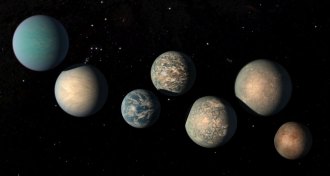 Planetary Science
Planetary ScienceSome TRAPPIST-1 planets may be water worlds
Two of TRAPPIST-1’s planets are half water and ice, which could hamper the search for life.
-
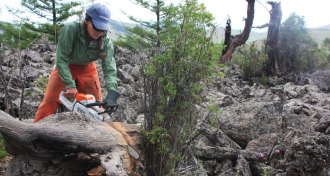 Climate
ClimateTree rings tell tale of drought in Mongolia over the last 2,000 years
Semifossilized trees preserved in Mongolia contain a 2,000-year climate record that could help predict future droughts.
By Dan Garisto -
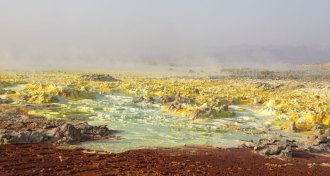 Earth
EarthWill Smith narrates ‘One Strange Rock,’ but astronauts are the real stars
Hosted by Will Smith, ‘One Strange Rock’ embraces Earth’s weirdness and explores the planet’s natural history.
-
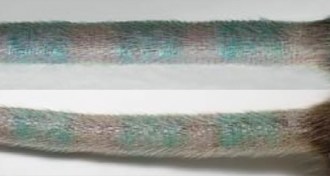 Life
LifeInked mice hint at how tattoos persist in people
Tattoos in mice may persist due to an immune response, challenging currently held beliefs about how the skin retains tattoos.
By Dan Garisto -
 Science & Society
Science & SocietyWhat we can and can’t say about Arctic warming and U.S. winters
Evidence of a connection is growing stronger, but scientists still struggle to explain why.
-
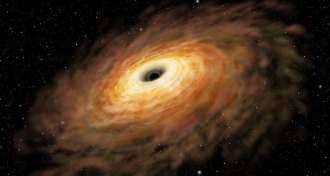 Astronomy
AstronomyAstronomers can’t figure out why some black holes got so big so fast
Early supermassive black holes are challenging astronomers’ ideas about how the behemoths grew so quickly.
-
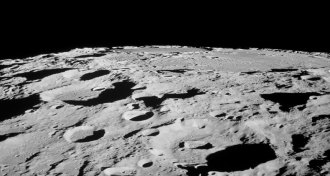 Artificial Intelligence
Artificial IntelligenceAI bests humans at mapping the moon
AI does a more thorough job of counting craters than humans.
-
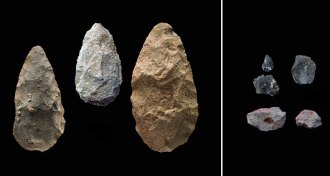 Anthropology
AnthropologyAncient climate shifts may have sparked human ingenuity and networking
Stone tools signal rise of social networking by 320,000 years ago in East Africa, researchers argue.
By Bruce Bower -
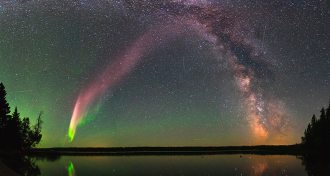 Physics
PhysicsSTEVE the aurora makes its debut in mauve
A newly discovered type of aurora is a visible version of usually invisible charged particles drifting in the upper atmosphere.